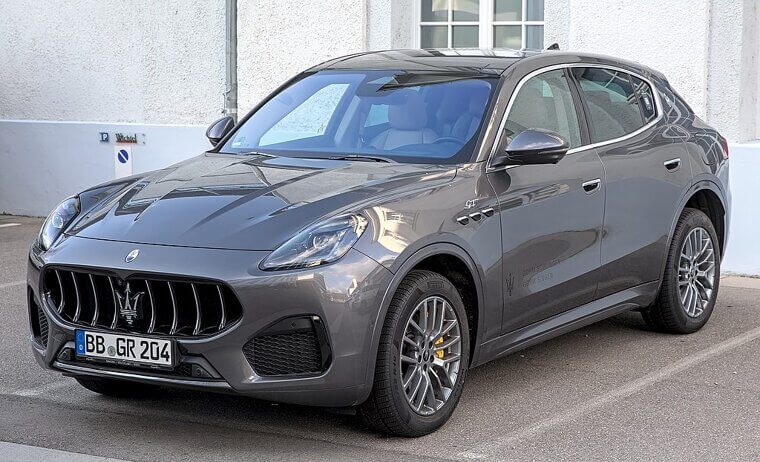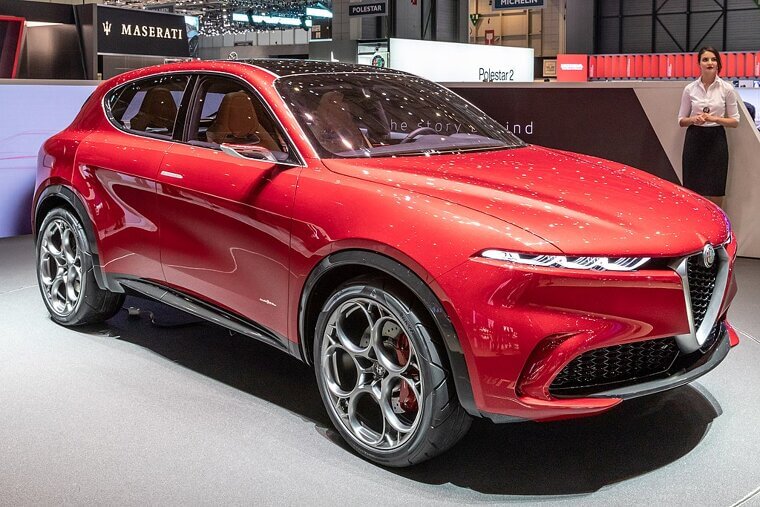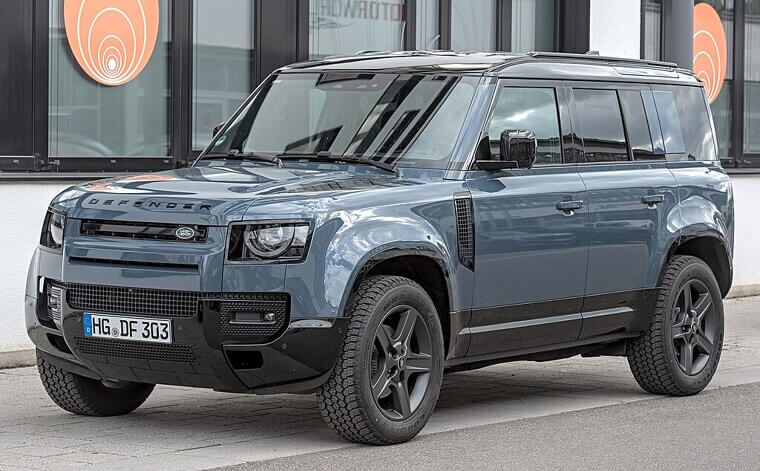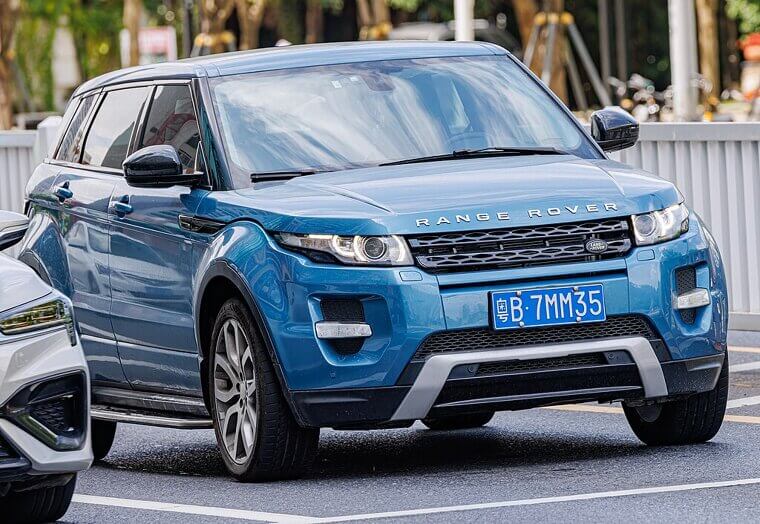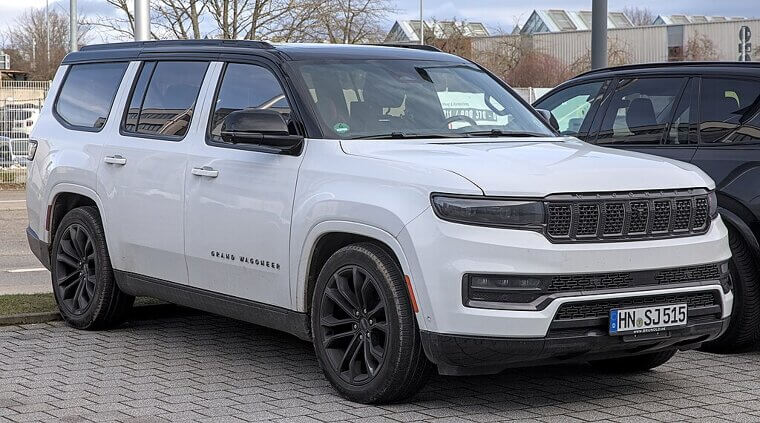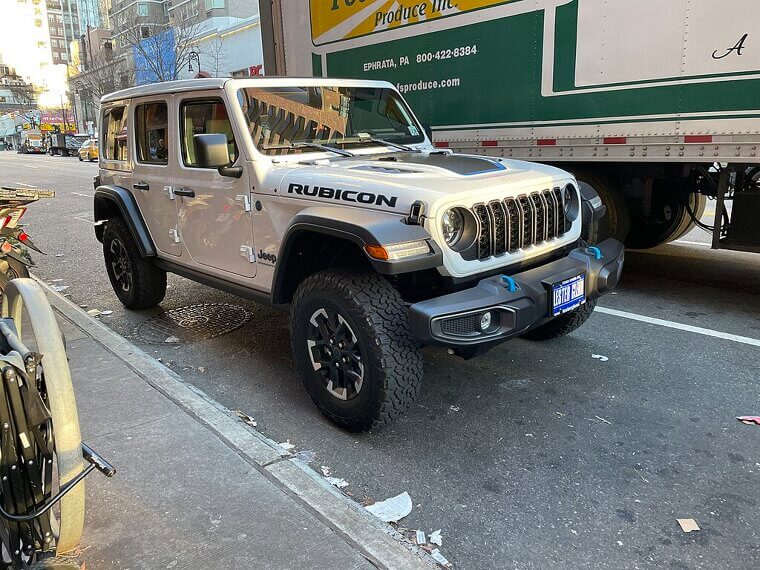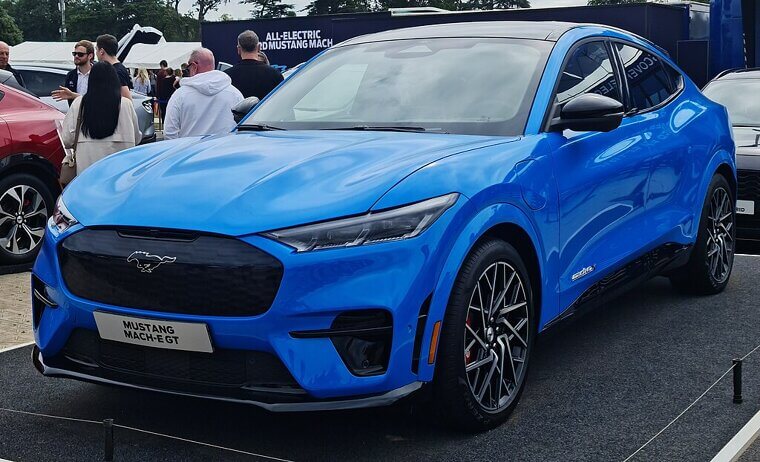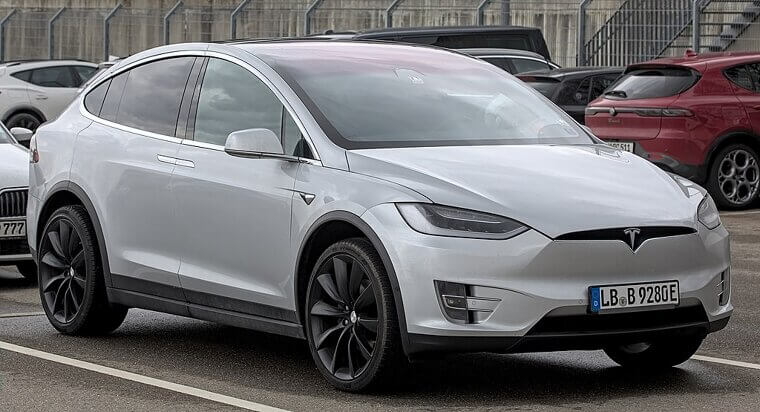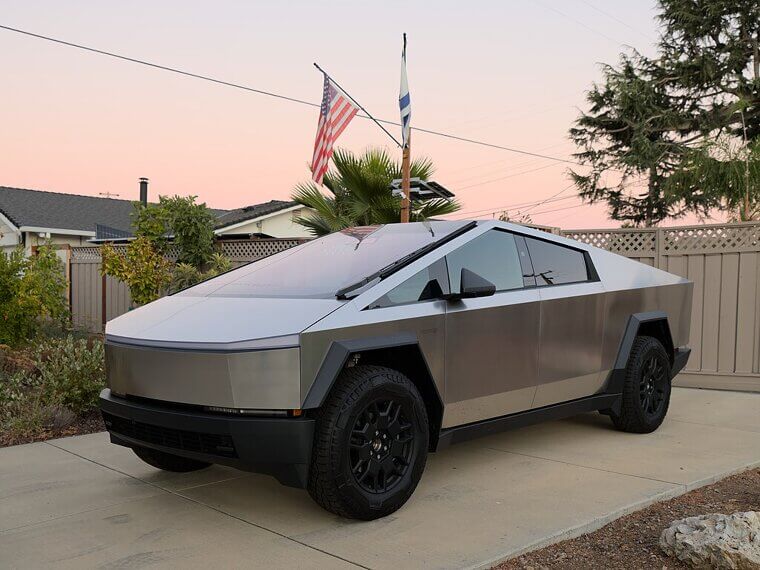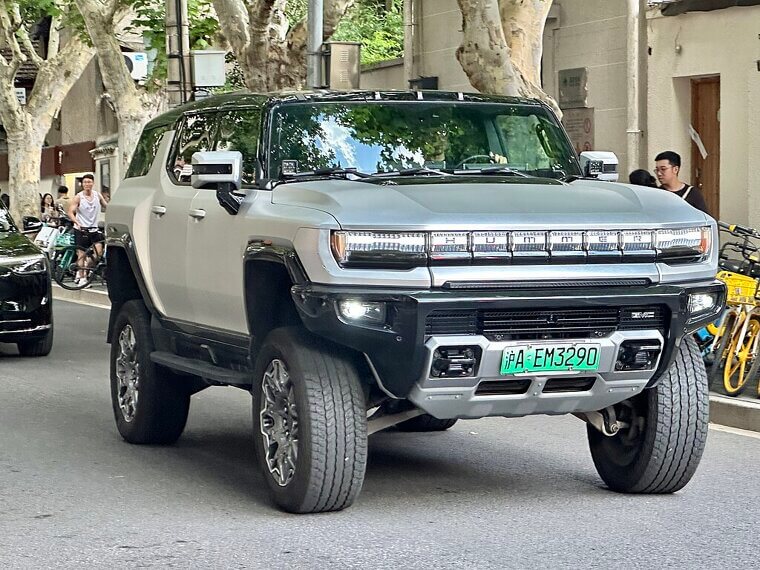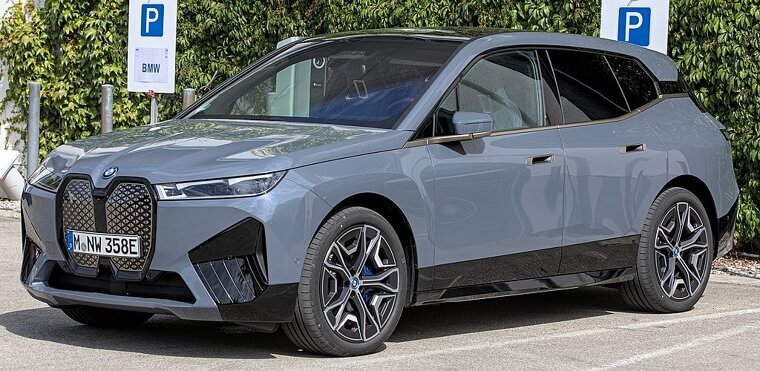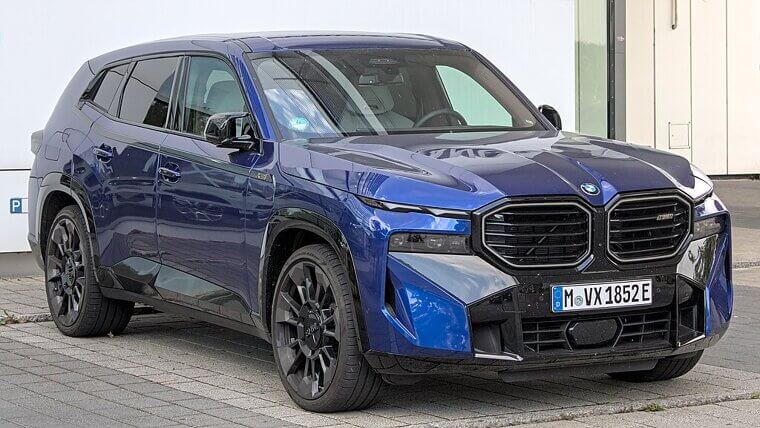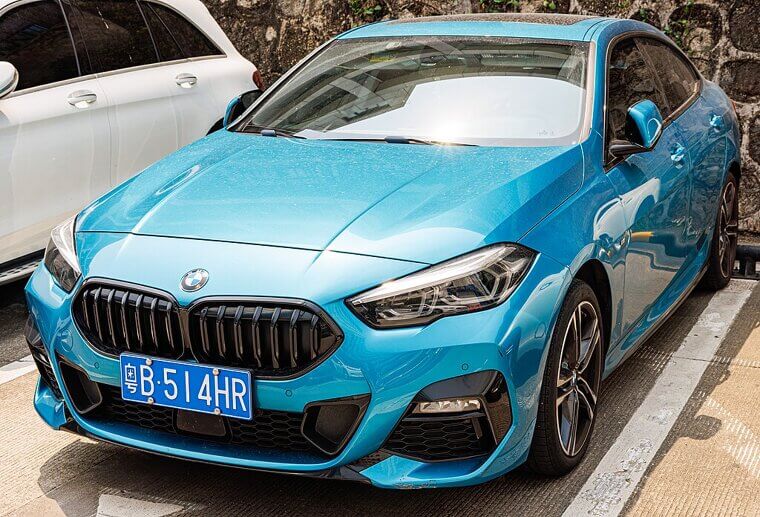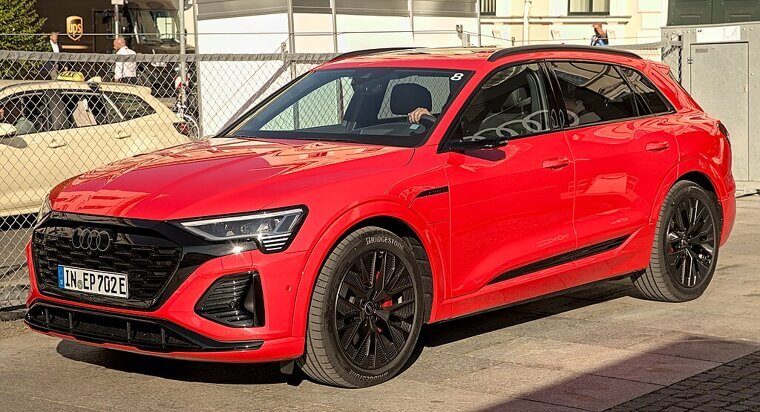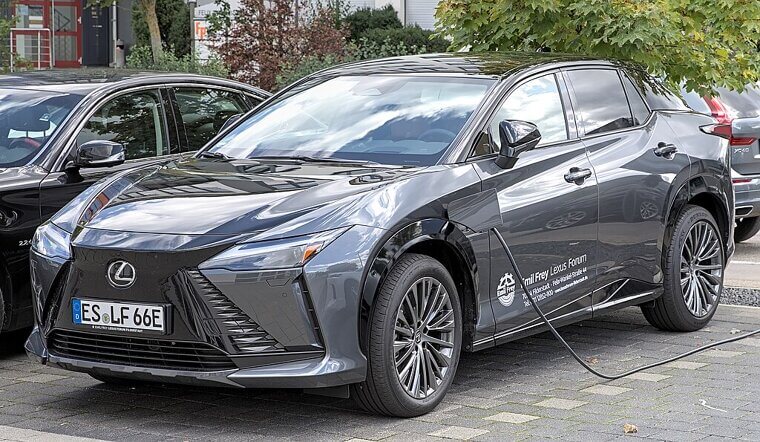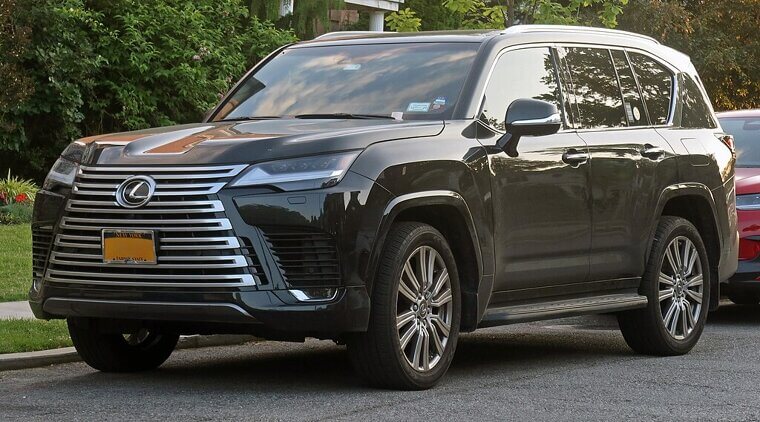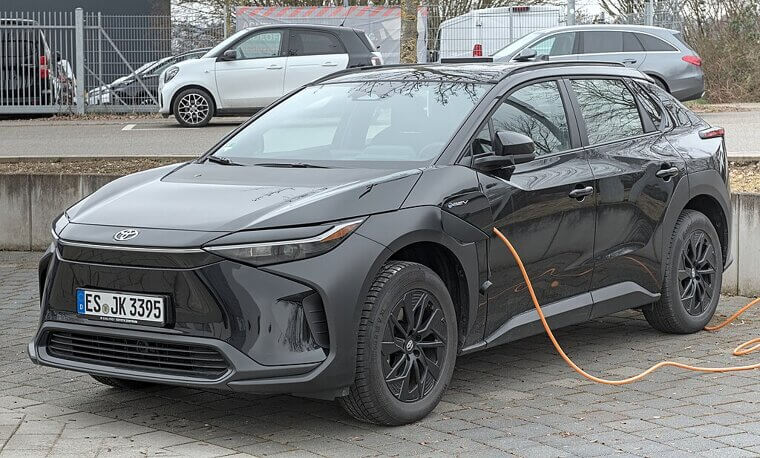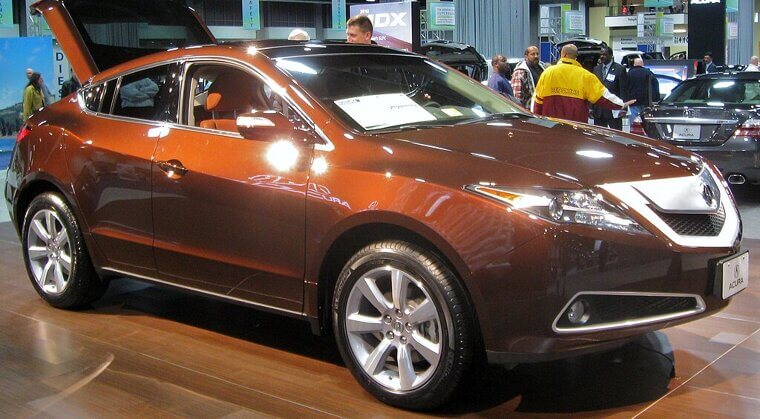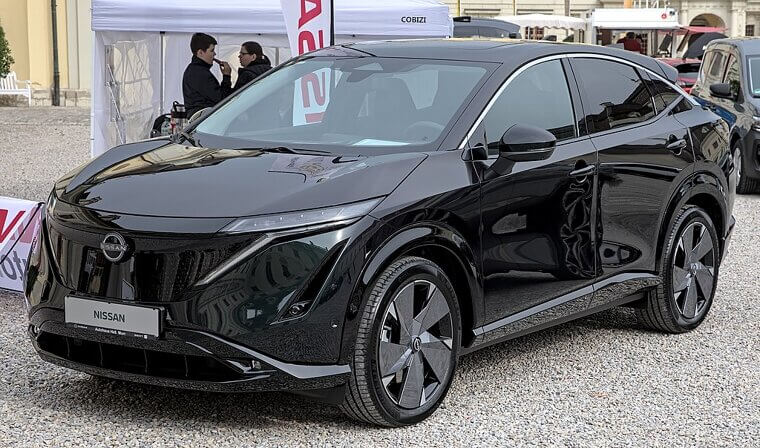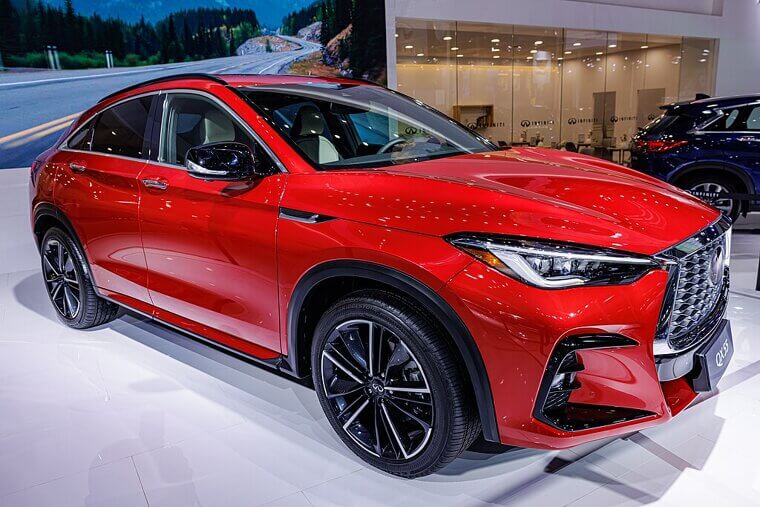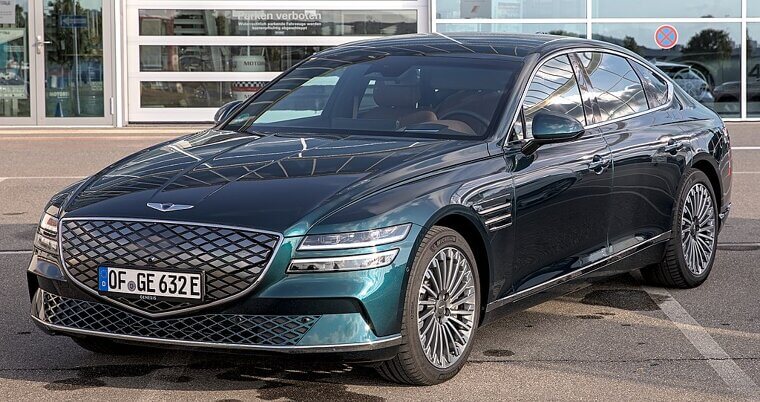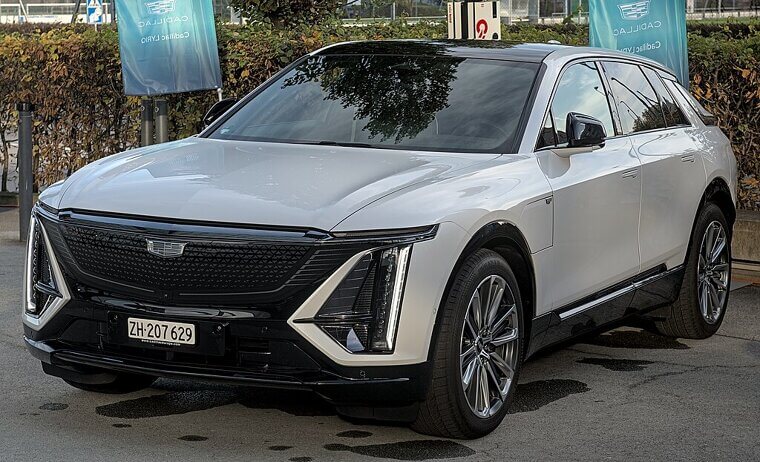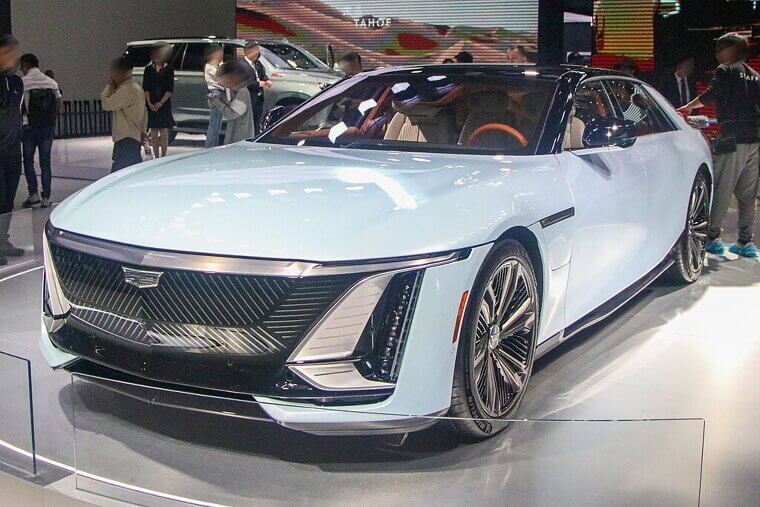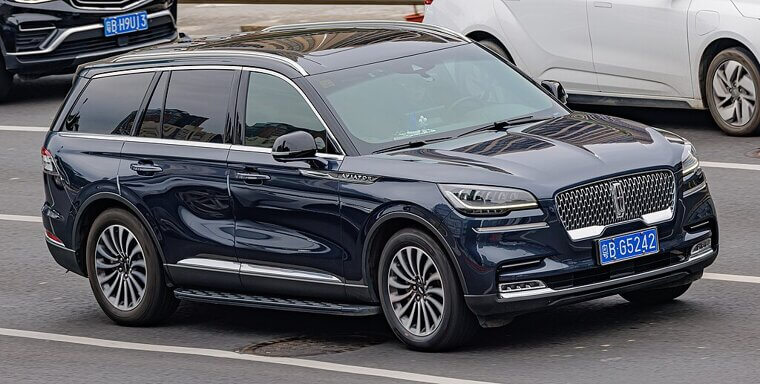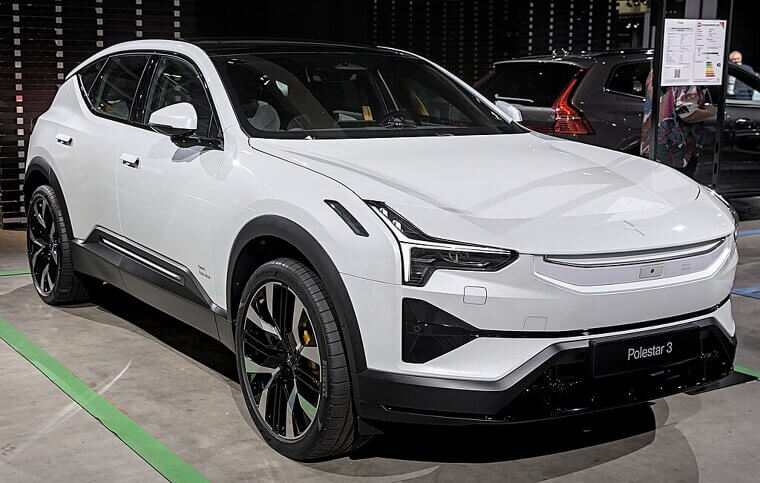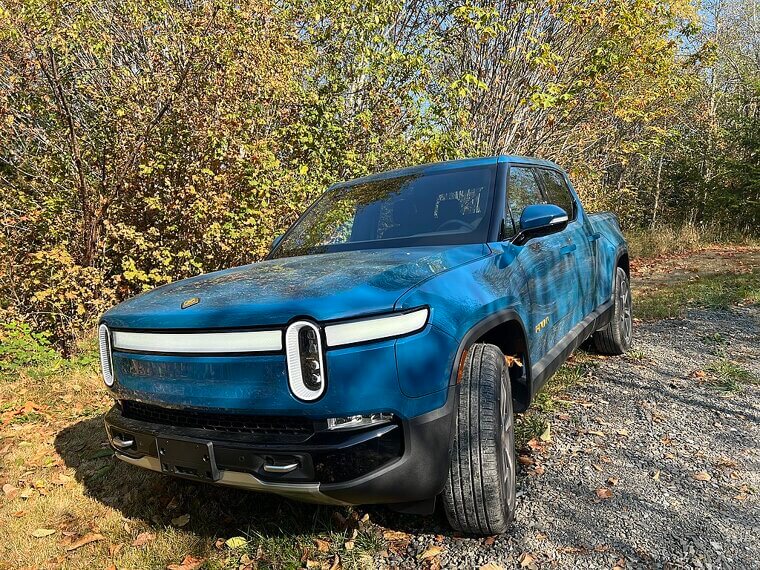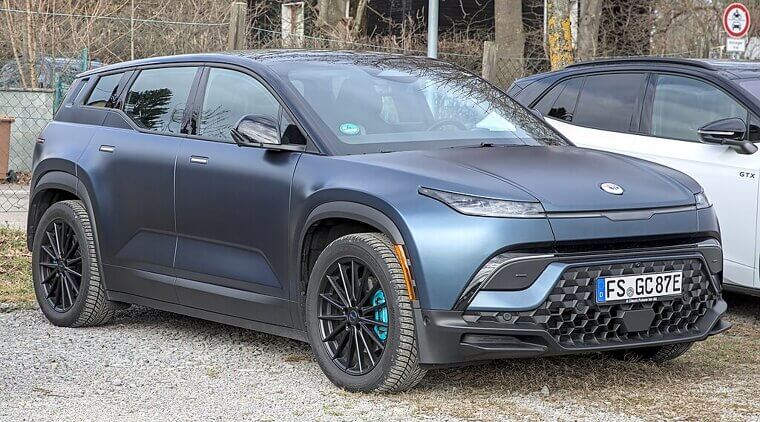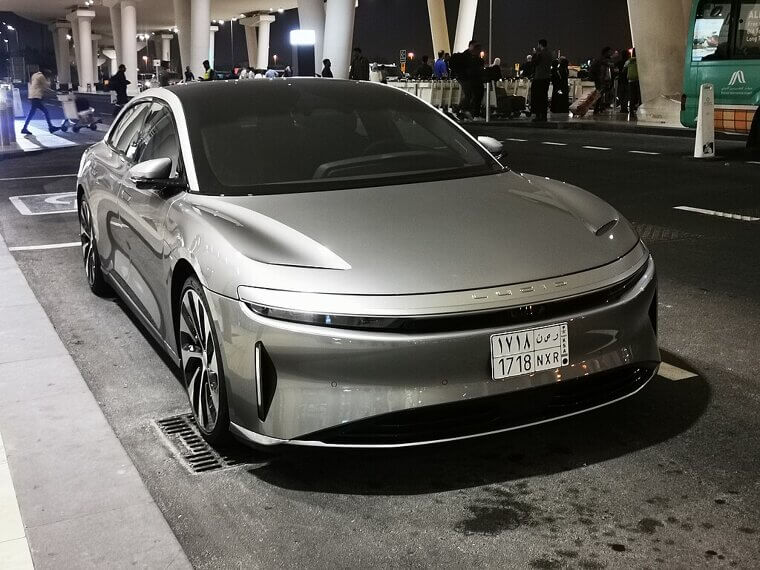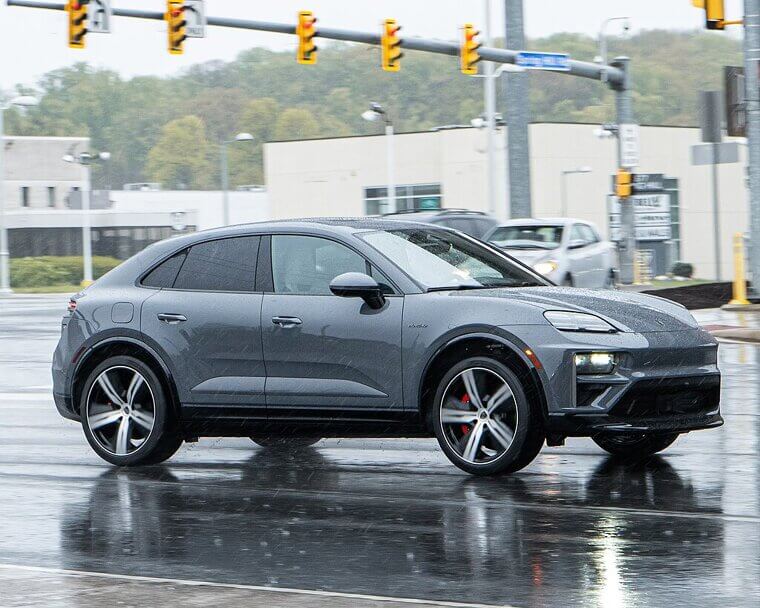Modern Cars That Look Good But Disappoint Owners
Not every shiny new badge on the lot is worth emptying your savings for. Some promise prestige, performance, or green credentials, but in reality deliver headaches, hollow luxury, or plain old disappointment. Here are the modern machines that look tempting in brochures but crumble under real-world ownership. Buyers beware!
Maserati Grecale
The Grecale promises Italian flair in SUV clothing, but what you get feels suspiciously like a rebadged Stellantis cousin with a designer price tag. It’s quick and pretty, but the interior quality is patchy, infotainment fussy, and depreciation lurks like a hungry wolf.
Alfa Romeo Tonale
The Tonale is Alfa’s shot at mainstream success, but instead of passion and panache, you get badge-engineered mediocrity with FCA underpinnings. The hybrid system is clunky, build quality is shaky, and reliability remains a looming storm cloud. Alfa fans don’t need a crossover with the soul dialed down.
Land Rover Defender (L663)
The Defender reboot looks rugged, but its off-road image masks luxury SUV fragility. Electronics are prone to tantrums, real-world durability doesn’t live up to the heritage, and repair bills are jaw-dropping. It’s more Chelsea school-run chariot than African safari tool. The icon returns, but the legend feels diluted.
Range Rover Evoque
The Evoque sells on looks alone; however, beneath its sleek lines lies cramped space, mediocre engines, and shocking reliability. Interiors wear quickly, infotainment lags, and resale is brutal. It’s a catwalk queen, not a workhorse - you’re better off with a car that actually runs on Monday mornings.
Jeep Grand Wagoneer
The Jeep badge screams Americana nostalgia, but the execution screams overpriced suburban shuttle. The Wagoneer’s huge, heavy, and thirsty, with luxury that feels borrowed from cheaper Jeeps. Fuel economy is dismal, tech is finicky, and depreciation hits hard. It's a six-figure SUV that rarely feels worth it.
Jeep Wrangler 4xe
A hybrid Wrangler sounds smart, but the execution is a muddle. Electric-only range is pitiful, the ride is rough, and reliability is questionable. The powertrain feels bolted in as an afterthought 5oo,not engineered with care. It costs more but gives less of what Wrangler buyers actually want.
Ford Mustang Mach-E GT
The Mach-E GT tries to be both pony car and EV halo, but lands in the uncanny valley. It’s quick yet lacks the soul of a Mustang, with steering that’s numb and an unsettled ride quality, while interior plastics betray the price point. Don’t pay muscle-car money for it.
Tesla Model X
The Model X dazzles with Falcon Wing doors; however, ownership can feel like beta testing. Build quality is inconsistent, software bugs linger, and reliability ranks low. The cabin is starting to feel dated against fresher rivals. For its towering price, the novelty fades quickly!
Tesla Cybertruck
It’s bold, it’s bizarre, and it’s built like a fridge that survived a bar fight! Unfortunately, the Cybertruck’s quality control issues, poor visibility, awkward proportions, and sky-high price make it more gimmick than game-changer. Early adopters may love the shock factor, but for most, it’s an expensive driveway ornament.
GMC Hummer EV
A 9,000-pound EV marketed as green is almost comedy. It crab-walks sideways and launches like a rocket, but charging IT takes forever, efficiency is laughable, and it’s too big for normal parking spots. It’s less a daily driver, more an engineering flex that buyers pay dearly to beta test.
BMW IX
It’s supposed to be BMW’s electric flagship, but the iX feels more like a design experiment gone rogue. The grille is cartoonishly oversized, the driving dynamics are dulled compared to classic Bimmers, and the cabin, though tech-heavy, feels more spaceship than luxury car.
BMW XM
A super-SUV with a six-figure sticker and styling only a concept car could love, the XM mashes plug-in hybrid tech with brute force. The result is neither efficient nor elegant. Its ride quality is confused, the looks are polarizing, and exclusivity alone doesn’t justify the cost.
BMW 2 Series Gran Coupe (F44)
A “BMW” that drives like a gussied-up MINI. Built on a front-wheel-drive platform, it lacks the trademark rear-driven magic that made the brand special. Interior quality is average, the styling is awkward, and it feels more like badge inflation than true Bavarian engineering.
Mercedes-Benz EQS
The electric S-Class was meant to redefine luxury; instead, it highlights the EV growing pains. The jellybean styling divides opinion, the Hyperscreen feels gimmicky, and build quality can’t match the price. Its range is decent, but the driving experience lacks the serene magic of an old-school Merc.
Mercedes-Benz G-Class (W463 Facelift)
The G-Wagen’s an icon that’s been polished into parody. It still looks tough, but now it’s a luxury mall crawler with a six-figure price tag and mediocre efficiency. The interiors are plush, but you’re paying for heritage rather than modern substance.
Audi Q8 E-Tron
The updated e-tron SUV looks sleek, yet struggles with the basics. The range is merely competitive (not groundbreaking), while its charging speed lags behind rivals. The interior feels familiar rather than futuristic, and depreciation is already brutal. Audi loyalists will find comfort in the badge - newcomers will wonder what justifies the steep premium.
Audi A8 (D5)
Audi’s luxury flagship quietly exists in the shadow of the S-Class and 7 Series. It’s impeccably built but strangely anonymous, with tech that’s starting to feel behind the curve. Resale values are harsh, and the driving experience doesn’t match its status. A good car, just not worth what Audi charges.
Lexus RZ 450e
Lexus dipped into EVs with a reworked Toyota platform, and it shows. The RZ has underwhelming range, slow charging speed, compromised cabin space and a yoke steering gimmick that adds complexity without charm. For the money you expect Lexus-grade refinement, but the RZ feels like a placeholder.
Lexus LX 600
Building a luxury SUV on Land Cruiser bones doesn’t justify its price hike. The LX is cramped inside despite its bulk, and the ride can feel unsettled. Sure, its off-road ability is strong, but few owners use it that way. For six figures, it feels more like a reskinned Toyota.
Toyota BZ4X
Toyota’s first mass-market EV should’ve been a slam dunk; unfortunately, it landed flat. The range and charging speeds trail behind competitors, and early models had a wheel-bolt recall that shook buyer confidence. The interior feels plain, while the drive’s uninspiring.
Honda Prologue
Built on GM bones, Honda’s big EV debut feels more like a proof of concept than a polished flagship. The styling is generic, the interior lacks Honda’s usual cleverness, and range is only average. With little to distinguish it from its Chevy Blazer EV sibling, it’s hard to justify the extra spend.
Acura ZDX
Acura’s first EV borrows the same GM platform as the Prologue and Blazer EV, but wears an Acura badge and sharper suit. It doesn’t feel premium enough for the price, though! A rebadge with Middling range and fussy software can’t make the ZDX’s mediocrity feel luxurious.
Nissan Ariya
Nissan pioneered the Leaf, but the Ariya arrives late to the EV SUV party… and it shows. The range and charging speeds lag behind leaders, the infotainment can feel dated, and pricing pushes it into Tesla and Hyundai territory without matching their polish.
Infiniti QX55
Infiniti markets the QX55 as a “coupe crossover,” but it’s mostly a QX50 in a swoopy dress with worse practicality. With compromised rear headroom, dated infotainment and unrefined drive feel at this price point, the badge no longer carries the prestige it once did, leaving this car overpriced and overlooked.
Genesis Electrified G80
The G80 sedan is a great car, but electrifying it doesn’t magically make it worth luxury-EV money. Its range is limited, charging speed is slower than rivals, and the packaging compromises trunk space, so it feels more like a converted gas sedan than a ground-up EV.
Cadillac Lyriq
GM’s big EV hope for Cadillac is handsome, yet half-baked. Early quality issues, clunky infotainment, and limited availability sour the experience. Sure, the ride is cushy, but the range is only competitive, not groundbreaking. Cadillac wants Tesla-level buzz with Escalade swagger, but at this price, the Lyriq doesn’t hit luxury heights.
Cadillac Celestiq
A $300,000 Cadillac? The Celestiq is meant to be a hand-built halo EV, but its sticker price puts it against Rolls-Royce and Bentley - a league Cadillac isn’t in. It’s flashy, but the brand’s prestige gap is enormous.
Lincoln Aviator
The Aviator looks sharp and offers plenty of features. However, it’s also plagued by reliability issues and a harsh ride for something marketed as a cushy luxury SUV. The plug-in hybrid version is heavy and thirsty when the battery runs out, while its pricing puts it against German rivals, minus the refinement.
Volvo EX90
Volvo’s all-electric flagship SUV is loaded with safety tech, while the price soars well beyond what buyers expect from the brand. The range is fine but not exceptional and the minimalist interior doesn’t feel as premium as its sticker suggests, so it’s a spendy choice with little wow factor.
Polestar 3
Polestar aims for Porsche Cayenne buyers with the 3; that math doesn’t add up. Steep pricing, average range and an interior lacking opulence means its “premium” competitors offer more for less, and the Polestar 3 feels aspirationally overpriced by comparison.
Rivian R1T
The R1T is fun, futuristic, and outdoorsy… but for $80k? Early quality gremlins, slow service support, and inconsistent build fit don’t inspire confidence, while its decent range can tank when towing, undercutting its adventure pitch. Buyers risk paying premium money for beta-tester headaches.
Fisker Ocean
Fisker promised an affordable EV revolution, but reality bites. Production delays, spotty quality, and underwhelming software make the Ocean feel rushed. Sure, the range figures look good on paper, but don’t always match road results, and given Fisker’s shaky financial history, betting big on this SUV could leave buyers stranded.
Lucid Air
The Air boasts jaw-dropping range and speed for a six-figure pricing that brushes against established luxury titans. The Build quality and service coverage still lag behind, and software quirks tarnish the futuristic vibe, so only a handful of buyers can justify spending supercar money on an unproven - if impressively engineered - brand.
Porsche Macan EV
Porsche’s first all-electric Macan is sharp and sporty, but sticker shock strikes hard. Its range that’s solid (if not class-leading) but options that balloon the price can leave buyers feeling like they’re funding Porsche’s EV R&D. Its performance thrills, but rivals offer more practicality and similar speed for far less.
Volkswagen ID. 4
VW’s big EV push with the ID.4 has been undercut by clunky software, interior cost-cutting, and uninspiring range. It’s priced like a polished competitor to Tesla and Hyundai, but feels more like a work-in-progress. Early adopters, beware: frustration is optional equipment.


